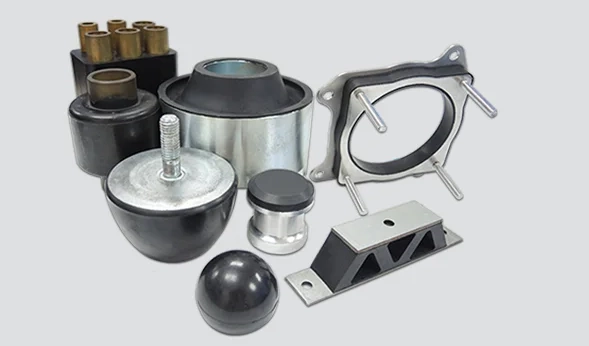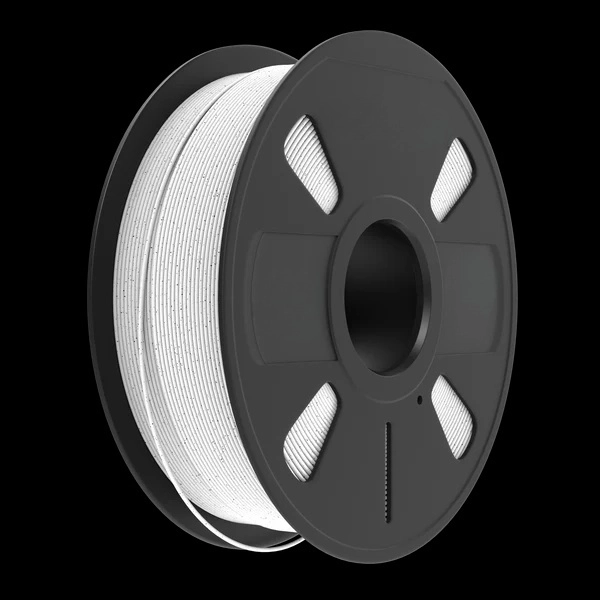When it comes to food storage and packaging, many people seek cost-effective and environmentally friendly solutions. One such method that has gained popularity is wrapping food in newspaper. While this practice may seem harmless and even nostalgic, it raises significant concerns regarding food safety. In this article, we will explore the potential risks associated with using newspaper for food wrapping, the materials involved, and safer alternatives for food storage.
Understanding the Composition of Newspaper
To assess the safety of wrapping food in newspaper, it is crucial to understand what newspapers are made of. Traditional newspapers are printed on paper that is often coated with inks, dyes, and other chemicals. These substances can include:
- Inks and Dyes: Many newspapers use petroleum-based inks that may contain harmful chemicals, including heavy metals like lead and cadmium. Although the amount of these substances is generally low, their potential leaching into food cannot be overlooked.
- Recycled Materials: A significant portion of newspaper is made from recycled paper, which may have been previously used for various purposes. This can introduce contaminants that are not suitable for food contact.
- Chemical Treatments: Newspapers may also be treated with various chemicals during the manufacturing process, including bleaching agents and preservatives, which can pose health risks.
The Risks of Food Contamination
When food is wrapped in newspaper, there are several potential risks of contamination:
- Chemical Migration: The primary concern is the migration of harmful chemicals from the newspaper into the food. Studies have shown that certain inks and dyes can leach into food, especially when in contact with moist or fatty substances. This can lead to ingestion of toxic substances, which may have long-term health implications.
- Bacterial Growth: Newspapers are not designed for food contact and can harbor bacteria. The porous nature of paper can absorb moisture, creating an environment conducive to bacterial growth. This is particularly concerning for perishable items like meats and dairy products.
- Allergic Reactions: Some individuals may have allergic reactions to the chemicals used in newspaper inks. Consuming food wrapped in such materials could trigger adverse health effects, particularly for those with sensitivities.
Regulatory Perspectives
From a regulatory standpoint, food safety agencies such as the U.S. Food and Drug Administration (FDA) and the European Food Safety Authority (EFSA) have established guidelines regarding materials that can safely come into contact with food. While newspapers are not explicitly banned, they are not recommended for food wrapping due to the potential risks outlined above. Instead, these agencies advocate for the use of food-grade materials that are specifically designed to prevent contamination.
Safer Alternatives for Food Wrapping
Given the potential hazards associated with newspaper, it is essential to consider safer alternatives for food storage and wrapping:
- Parchment Paper: This is a food-safe option that is resistant to grease and moisture. It is ideal for wrapping sandwiches, baked goods, and other items without the risk of chemical contamination.
- Beeswax Wraps: An eco-friendly alternative, beeswax wraps are made from organic cotton infused with beeswax, tree resin, and jojoba oil. They are reusable, biodegradable, and safe for food contact.
- Plastic Wrap: While not the most environmentally friendly option, plastic wrap is designed for food storage and can effectively seal in freshness without the risk of chemical leaching from inks.
- Glass or Stainless Steel Containers: For longer-term storage, consider using glass or stainless steel containers. These materials are non-reactive and do not leach harmful substances into food.
Conclusion
In conclusion, while wrapping food in newspaper may seem like a convenient and cost-effective solution, the potential risks to health and safety are significant. The chemicals used in inks, the possibility of bacterial contamination, and the lack of regulatory endorsement make newspaper an unsuitable choice for food wrapping. By opting for safer alternatives, consumers can ensure that their food remains uncontaminated and safe for consumption. As we become more conscious of food safety and environmental impact, it is essential to make informed choices that prioritize our health and well-being.


